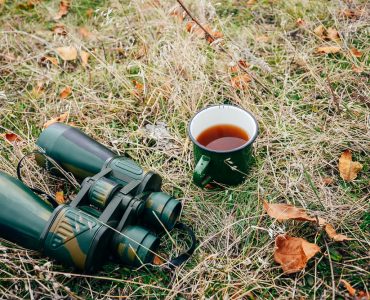Ornithology refers to a branch of zoology that largely deals with the methodical study of birds. Catching and marking of various birds allow comprehensive studies of life story. There are certain techniques employed for catching birds. These includes the utilisation of bird liming for resting birds; Bal chattri for some raptors; cannon netting for clear area flocking birds; funnel traps and decoys for water birds; as well as mist nets for several woodland birds.
Ornithologists and bat biologists usually use mist nets designed for catching wild birds, for ringing, or other related study projects. The mesh net is mostly made up of a material known as nylon, which typically looks like an immense volleyball net. The mesh net is effectively imperceptible once it is appropriately deployed. The framework mesh netting size changes in proportion to the avian species size being targeted for capture. The dimension of the net is estimated as 1-1.5 metre high and 6-12 metres long. Mist netting is a proficient process of catching different wild, flying birds while placing nominal risk of minor injury to trap various birds. In the U.S., a state and federal license are usually needed to catch wild birds using mist nets. A net is primarily comprised of two poles with the net threaded amidst them.
A bird will struggle and would probably entangle itself once captured within the net. Skilled personnel should carefully disentangle the bird from a mist net. Once a bird is deeply tangled, the net must be cut to prevent hurting the bird. A dho-gaza refers to a certain kind of mist net designed for heavy birds, including raptors.










